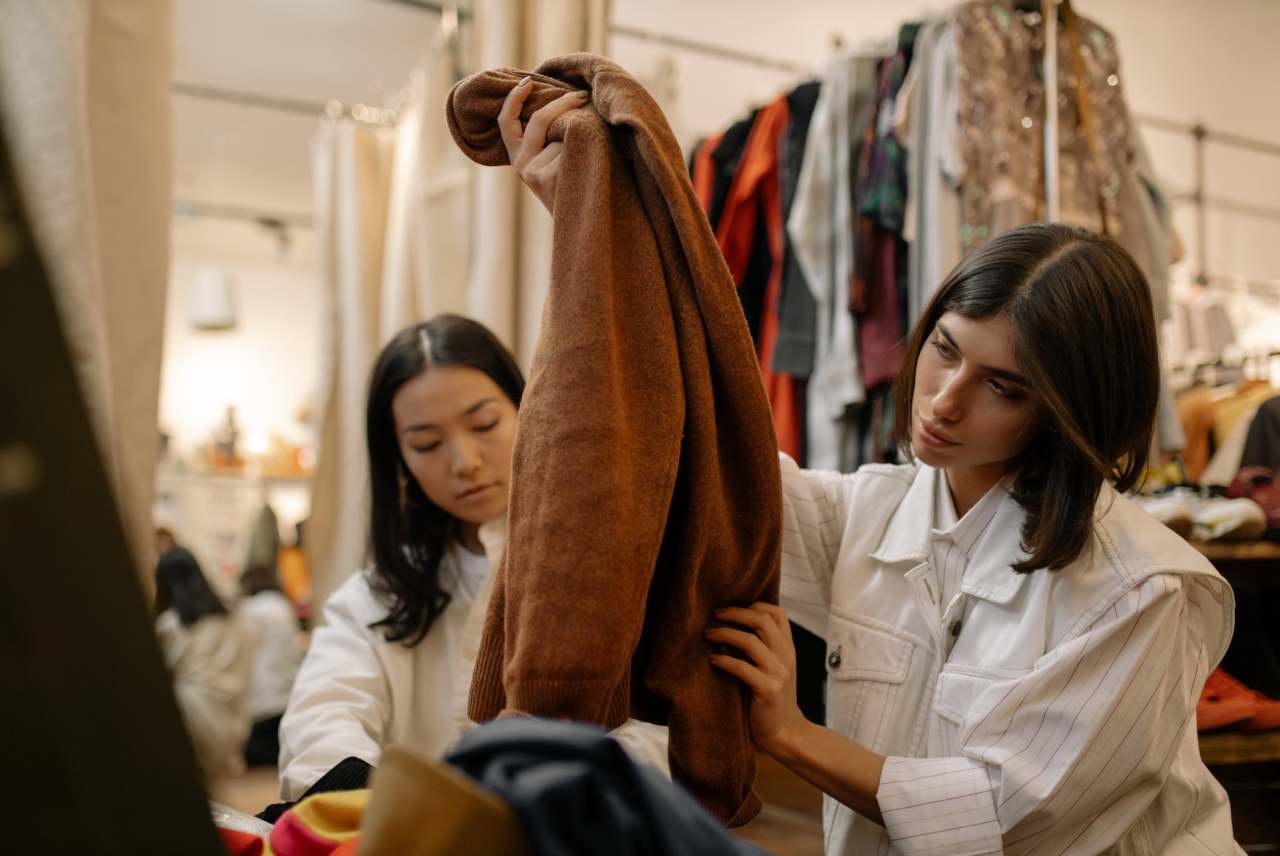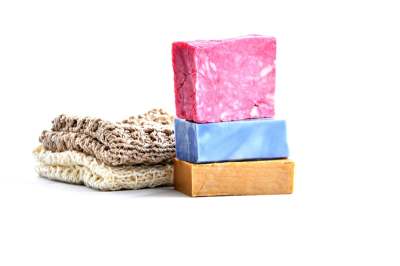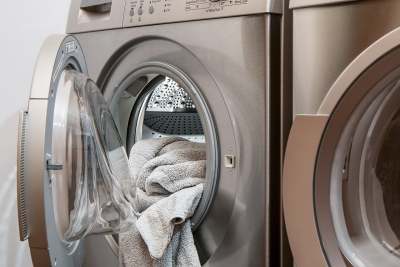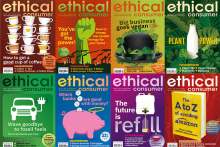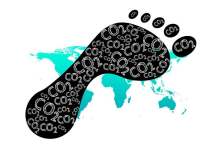When it comes to the environment, buying less is always the best option. But when we need to buy a new item, how do we know which brands are genuinely better?
Below, we discuss what to look for in each sector to avoid the greenwash and find lower-carbon options.
1. Buy second-hand
For many items, such as clothing, tech and furniture, buying second-hand is one of the best ways we can cut our carbon footprint. Luckily, lots of brands offer second-hand options, from Oxfam and Beyond Retro in the clothing sector, to Antiques Are Green and Preloved for second-hand furniture.
We have a separate guide to repairs and buying second-hand.
Clothing
2. Avoid fast fashion
Often, the first steps to buying more sustainable brands can be ruling out the worst culprits. The fashion industry is responsible for around 10% of global emissions, much of which comes from fast fashion brands. Companies underpay workers, sell poorly made garments, and throw away whatever isn’t sold.
Many high street brands are selling fast fashion. Nonetheless there are a few standout worst culprits:
- Boohoo, which also owns the following brands: Burton, Coast, Debenhams, Dorothy Perkins, Karen Millen, MissPap, Nasty Gal, Oasis, Pretty Little Thing, Wallis, Warehouse
- Forever 21
- In the Style
- I Saw it First
- Missguided
- Shein
- Quiz
See how fast fashion brands rate in our high-street clothing guide or watch our video on five things to know about fast fashion.
3. Look for dedicated ethical clothing brands
Luckily, there are some brands with the primary purpose of providing an ethical alternative. If in doubt, look for companies where the entire business model, clothing design and message appears to be based around doing something better for the planet.
In our ethical clothing guide, we rate and rank 24 dedicated ethical brands. Eight of these received our best rating for their carbon management and reporting: Beyond Retro, Where Does It Come From?, Living Crafts, Rapanui, Kuyichi, THTC Clothing, Birdsong, and MUD Clothes.
Not only were their products offering an environmental alternative, but they had taken steps to actively reduce their carbon footprints. For example, MUD Jeans is striving to create a circular business model that sees its jeans made from 100% recycled materials. It has targets in place to decrease kgCO2e per pair of jeans by 80% by 2030.
4. Look for better fabrics
Most of the emissions for clothing come from the production of the fabric. The carbon cost of clothing can therefore vary greatly depending on what fabric you choose. Wool has three times the footprint per kilo to flax linen (the best fabric when it comes to carbon).
Your best bet is opting for a brand that only uses more sustainable fabrics. Many of the best brands will be explaining how their fabrics are made and what that means in terms of carbon. Our guide to choosing the most sustainable fabrics outlines what to look out for.
As a rule of thumb, recycled fabrics will have a lower carbon footprint than their non-recycled counterparts.
Organic cotton is generally estimated to have about half the emissions of conventionally grown cotton, although it uses more land.
If you’re buying viscose, rayon or modal, look for brands that talk about ‘closed-loop’ processes, or are using Tencel, lyocell or Lenzing Modal. These use fewer toxic chemicals.
